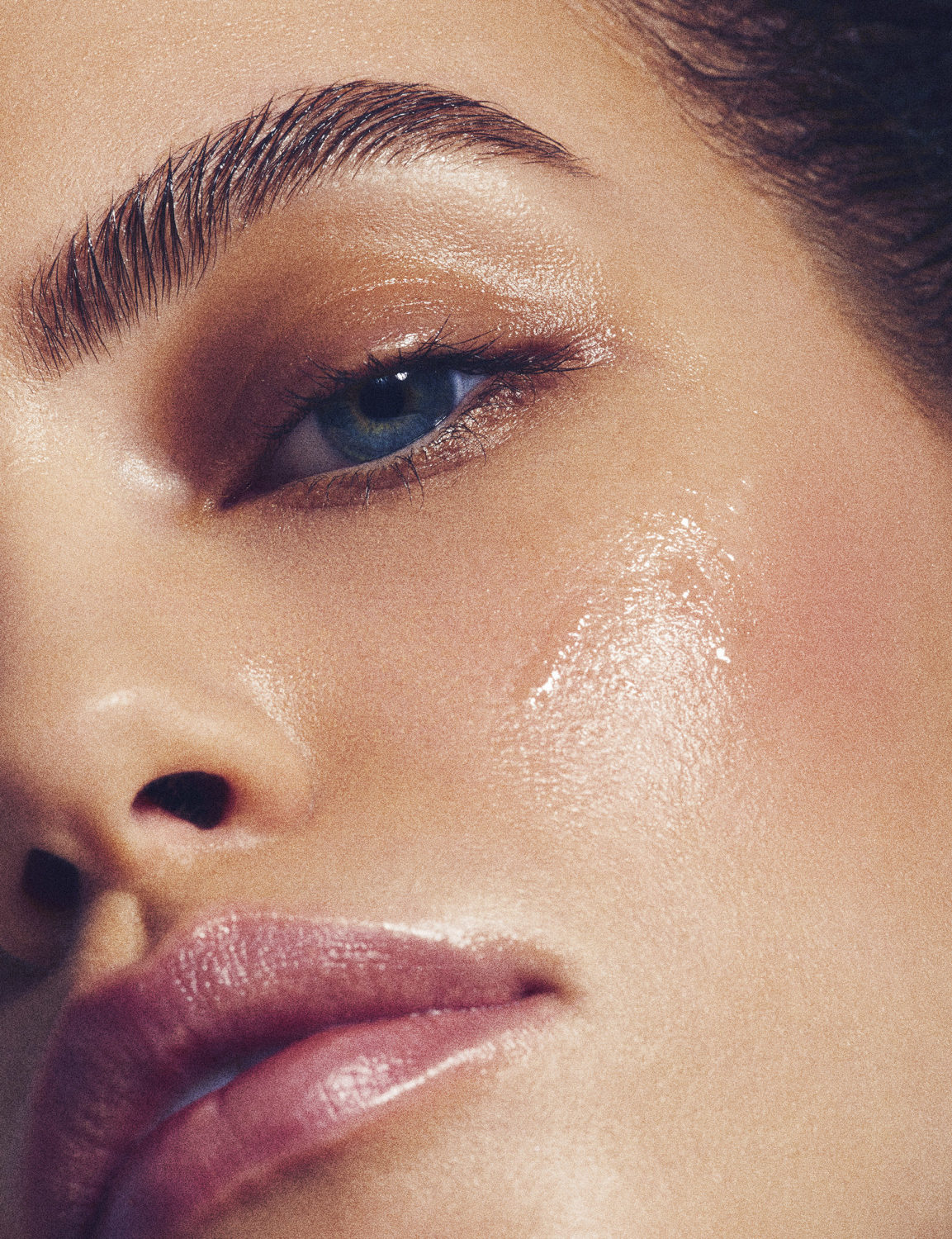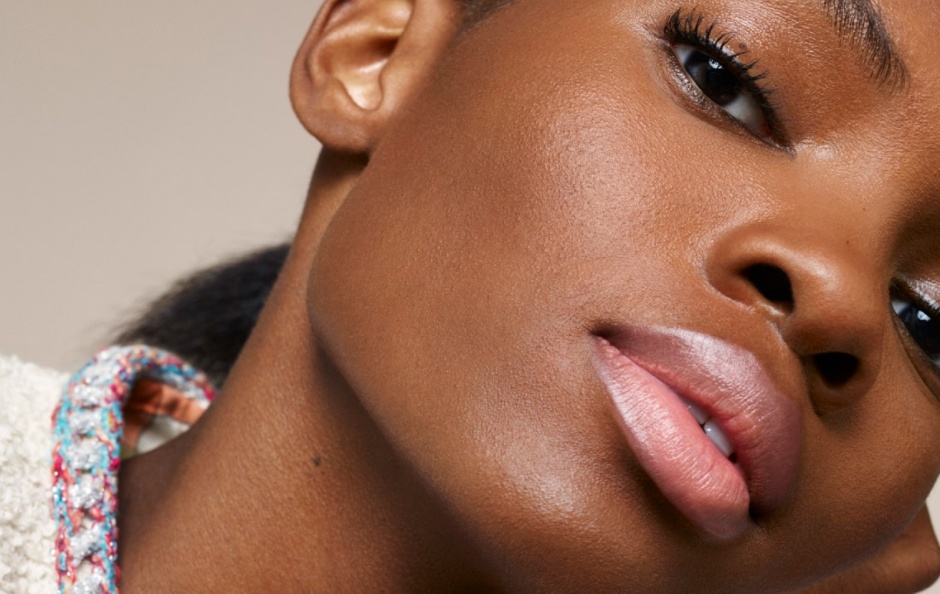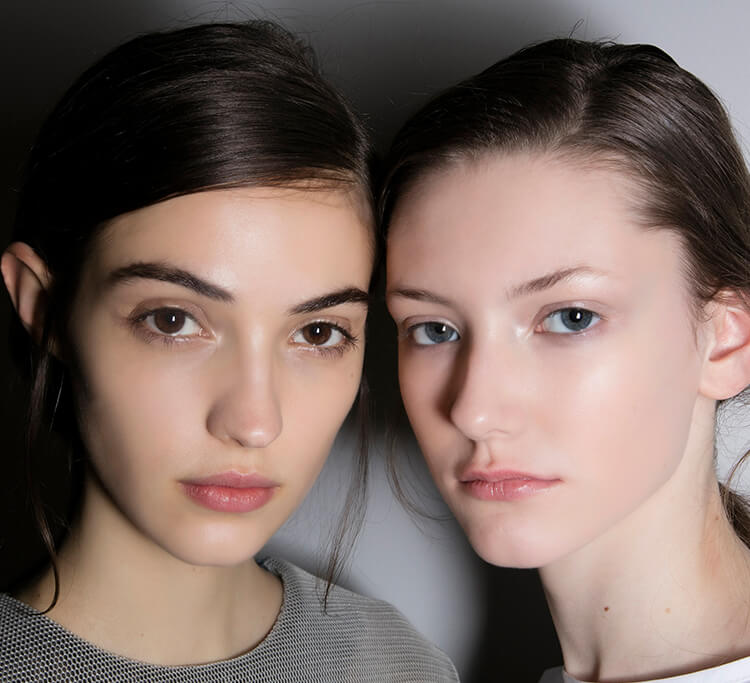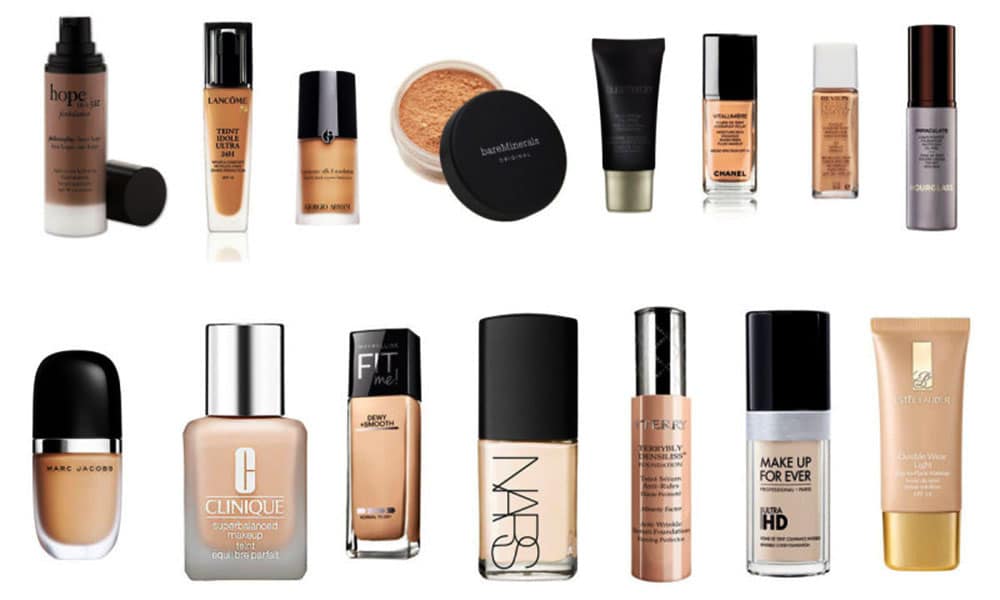
With a million different products to choose from, picking the right foundation can be quite the challenge. There’s so many things that need to be considered, like your skin tone, skin undertone, and skin type, and it can be confusing to know where to begin.
Whether you need a serum, cream, stick, whipped mousse, or liquid foundation, we’re here to help you find the one that will suit you best. However, before you set out to buy your perfect new foundation, there’s a few important considerations you need to know!
Keep reading for expert tips to find your perfect foundation

#1 – Understanding your skin type
Health experts look at skin in terms of five different types: normal skin, oily skin, dry skin, combination skin, and sensitive skin. Understanding what type of skin you have is super important for determining which foundation type you’ll need.
So-called ‘normal skin’ is neither dry nor oily. Compared to other skin types, it can handle almost any cosmetic product with little to no irritation, blemishes, or sensitivity. Normal skin is smooth but firm, and breakouts or flakiness tend to be rare.
Oily skin is often shiny and can feel greasy. This is due to excess production of sebum, a natural wax that’s meant to keep your skin moisturised and protected. This skin type is prone to developing acne, pimples, and other skin irritations.
Dry skin sometimes has a grayish hue that signals a lack of hydration. For example, eczema is commonly associated with dry skin. This skin type can often become rough and itchy, it feels less elastic than other skin types and tends to get wrinkles more easily.
Combination skin has both dry and oily areas. Typically, the oily parts are in and around your T-Zone, while the dry areas tend to be in the cheek area. Most people have combination skin, with varying degrees of sensitivity and tone.
Although sensitive skin is regarded as a skin type, any of the four categories above can have some or other degree of sensitivity. Sensitive skin can be caused by several factors, such as allergic reactions, prolonged exposure to chemicals, and environmental irritants.

#2 – Finding your skin tone
Your skin tone can be light, fair, medium, or deep. These categories include all variations of skin tone, such as honey, ivory, walnut, and espresso. When it comes to foundations, the colour you choose should match or complement your natural skin tone as closely as possible.
The most reliable way to sample different tones is to use your neck and jawline as test areas. Ideally, you want to find a product that matches these areas, but it’s ok to mix and match colours if you can’t find an identical shade straight out of the bottle.
The right foundation should also blend perfectly into your skin. With or without it, there should be no difference to your skin colour when you look at yourself in the mirror. Keep in mind that seasonal changes can affect your skin tone, making it lighter or darker throughout the year.

#3 – The importance of undertone
Would you say your skin has a warm undertone or a cool one? One of the ways you can check is by simply looking at your skin: if your veins are blue or purple, your skin has a cool undertone. Alternatively, greenish hues mean you have a warm undertone.
The sun is also a good indicator of undertone. Red skin after exposure to the sun means you have a cool undertone. If you get tanned after being under sunlight, your skin has a warm undertone.
It’s possible to have a neutral skin undertone. If that’s the case your veins should be barely visible, and the sun will both tan and redden your skin. By combining your skin tone with its undertone, you now have the knowledge you need to pick the perfect foundation shade.

#4 – Deciding on a finish
After you’ve found a shade that matches your skin, the next step is to pick a finishing style. Foundation finishes range from complete matte to extra-dewy. Your choice will pretty much depend on personal preference, but there are some tricks makeup artists use that you may want to take note of.
For example, more dewy foundations should be paired with matte lipstick and more neutral, matte shades of eyeshadow. This is to prevent your skin from appearing too oily or greasy. Matte finishes are great for oily skin, as they mask any excess oil production and give your skin a flawless finish. You might want to offset a matte foundation with a glossy lip and highlighted areas.
When in doubt, don’t be afraid to sample any and all products that catch your eye. Remember to use your jaw and neckline to test the colour, and keep your undertone in mind too.

No Comments